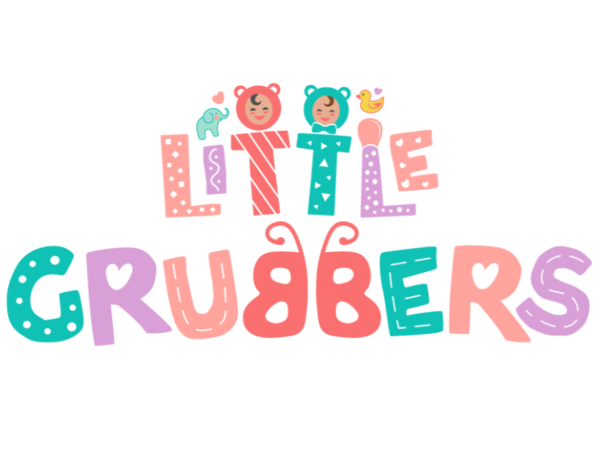Why Start Early with Toddler Table Manners?
If your toddler thinks throwing food, banging their spoon, or eating with their hands is part of mealtime fun—you’re not alone! Teaching toddler table manners can feel overwhelming, but it’s a gradual process, not a one-time lesson.
At this stage, toddlers love to imitate—which means with patience, consistency, and positive reinforcement, you can gently guide them toward polite mealtime behavior without turning the dinner table into a battleground.
1. Set Realistic Expectations for Toddler Manners
Toddlers are naturally messy eaters—and that’s okay! Expecting perfect table manners right away will only lead to frustration. Instead, focus on age-appropriate skills like:
✔ Using a spoon or fork (even if they still prefer hands!)
✔ Sitting at the table for a short time
✔ Saying "please" and "thank you"
✔ Learning to chew with their mouth closed
✔ Using a napkin (or at least trying!)
💡 Tip: Start by modeling good behavior—if they see you using manners, they’ll be more likely to copy!
2. Create a Consistent Mealtime Routine
Toddlers thrive on predictability. Having a set mealtime routine helps them understand expectations.
📌 Tips for a Structured Mealtime:
-
Have meals at the same time each day
-
Limit distractions (turn off screens)
-
Encourage them to sit in a booster or highchair
-
Start with a calm, relaxed atmosphere
By making mealtimes consistent and enjoyable, toddlers will learn that sitting at the table and eating nicely is just part of the daily routine.
3. Teach Manners Through Play & Fun Activities
Toddlers learn best through play! Instead of turning table manners into a lecture, try fun, interactive ways to teach them:
🎭 Role-Playing: Pretend to be at a fancy restaurant and practice “ordering” food with good manners.
📖 Storytelling: Read books about mealtime etiquette for toddlers to make it more engaging.
🐻 Practice with Stuffed Animals: Have a teddy bear “join” for a meal and model good manners.
💡 Tip: Praise good behavior with enthusiasm—toddlers love hearing, "Wow, I love how you’re using your spoon so nicely!"
4. Reinforce Good Behavior with Encouragement
Toddlers respond best to positive reinforcement rather than scolding. Instead of saying, "Stop playing with your food!" try:
✅ Descriptive Praise: “I love how you’re using your fork so carefully!”
✅ Simple Rewards: Stickers or a high-five for good behavior.
✅ Gentle Corrections: If they throw food, say, “Food stays on the plate. Let’s try again.”
💡 Tip: If your toddler struggles to sit still, start with short mealtimes (5-10 minutes) and gradually increase as they develop patience.
5. Address Common Toddler Mealtime Challenges
Even with the best efforts, toddlers will test boundaries. Here’s how to handle common issues:
🚫 Food Throwing: Calmly say, “Food stays on the plate.” If they continue, remove the plate for a short break.
📢 Yelling or Playing at the Table: Gently remind them, “We use quiet voices at the table.”
🛑 Refusing to Sit Still: Offer a small reward for staying seated, like a special song or fun napkin.
💡 Tip: Keep mealtimes stress-free—a relaxed atmosphere makes it easier for toddlers to learn and enjoy eating.
6. Make Self-Feeding Easier with the Right Tools
Using the right toddler-friendly utensils can make learning table manners less frustrating.
🌟 Why We Love the Little Grubbers 3-in-1 Baby Spoon™:
✔ Easy-grip design for little hands
✔ Soft, baby-friendly material to prevent injuries
✔ Perfect for practicing self-feeding
💡 Tip: Giving toddlers their own special spoon makes them excited to use it—a great trick for improving mealtime manners!
👉 Click here to check out the Little Grubbers 3-in-1 Baby Spoon™ and make toddler mealtimes smoother!
Table Manners Are a Journey, Not a Race
Teaching toddler table manners takes time, patience, and consistency. Focus on small wins each day, and soon enough, your toddler will be showing off their new mealtime skills with pride!

